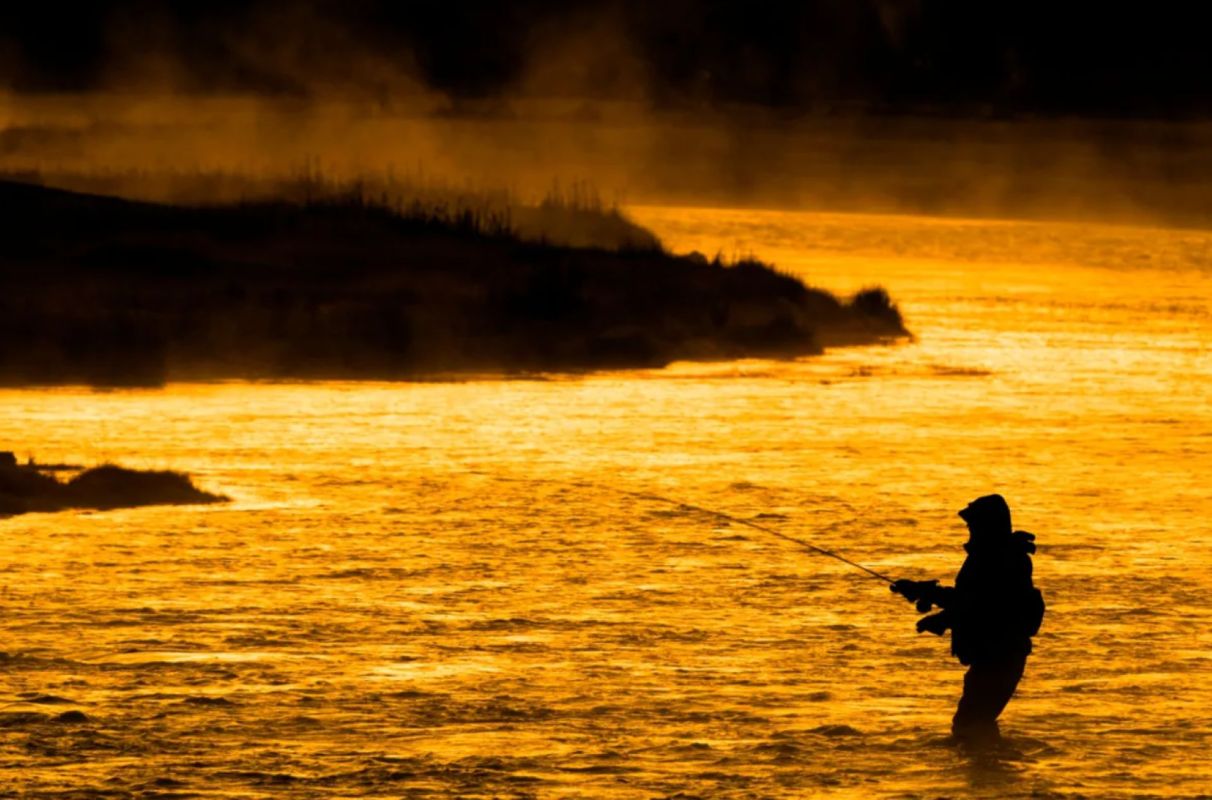Lawmakers in Virginia are encouraging residents to eat their way out of a blue catfish invasion that's threatening native species and entire ecosystems.
As VPM News reported, the Virginia Department of Wildlife Resources introduced blue catfish into several rivers in the state in the 1970s and '80s.
At the time, the DWR needed a replacement trophy fish for the coastal striped bass — which was experiencing large-scale population declines throughout the Atlantic Ocean — and thought the blue catfish would be the perfect candidate.
The agency, however, didn't foresee the negative impact the invasive fish would have on Virginia's river ecosystems. According to the DWR, their population exploded throughout the 1990s, and they quickly expanded into Chesapeake Bay tributaries.
"This was like releasing a Siberian tiger out into our ecosystem," Chris Moore, director of the Chesapeake Bay Foundation's Virginia office, told VPM.
Since the blue catfish don't have enough natural predators to control their population, they now threaten native species, such as shad, blue crabs, and striped bass.
The Virginia Mercury reported that, according to a joint study by the Virginia Institute of Marine Science and the Maryland Department of Natural Resources, in 2022 the crab population had declined to levels last reached in 1990.
Delegate Keith Hodges (R-Middlesex), blames the blue catfish for the diminishing crabs.
"There are 100 million of them. When you do the math … they eat well over a million tons of food," Hodges said during a subcommittee hearing last year, per the Mercury. "They will swallow 400,000 rockfish eggs in a single gulp."
While the DWR said blue catfish are "readily accessible" to anyone fishing Virginia's major rivers, it will take a larger effort to make a dent in the population.
Lawmakers intend to tackle the catfish invasion with the Blue Catfish Processing, Flash Freezing, and Infrastructure Grant Program, established in 2023. The program provides grants to seafood distributors to expand their infrastructure for processing and flash-freezing catfish.
In January, Gov. Glenn Youngkin awarded the first grant from the program to Sea Farms, a family-owned seafood processing business. The $250,000 grant will help them pay for a blast freezer, among other equipment.
Hodges also recently proposed a new measure that "would order the Virginia Department of Agriculture and Consumer Services to establish a workgroup on marketing the fish," per VPM.
"We need to really establish a market," Hodges told the Royal Examiner. "It is absolutely delicious, and I'll put it up against anything in the Bay."
Join our free newsletter for cool news and cool tips that make it easy to help yourself while helping the planet.









